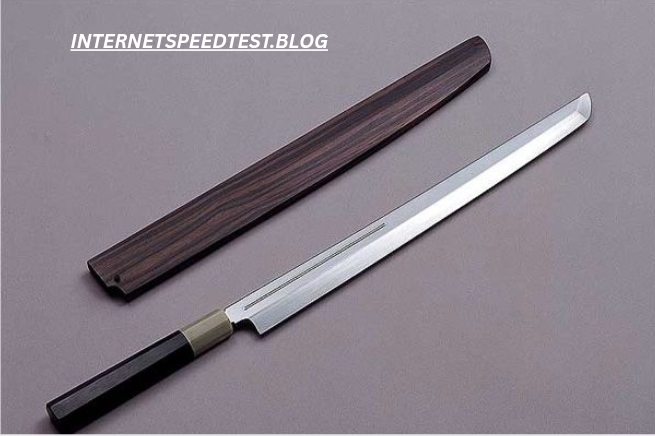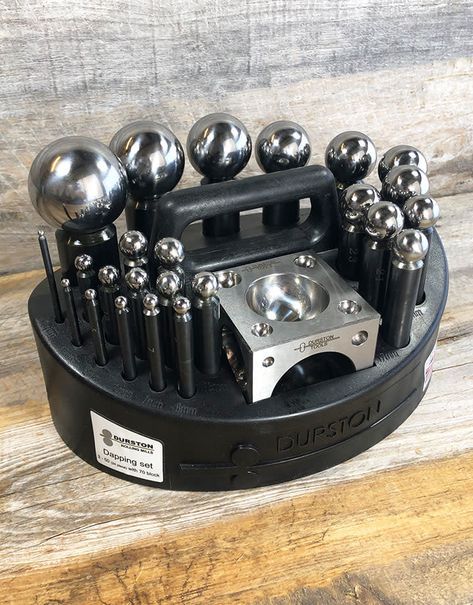Introduction
When it comes to premium Japanese chef’s knives, few names carry the same weight as the Tetsujin Ginsan 240mm. Known for its exceptional craftsmanship, razor-sharp edge, and high-quality materials, this knife has become a favorite among professional chefs and passionate home cooks alike. The 240mm length makes it versatile enough for a variety of kitchen tasks, while the Ginsan (Silver 3) stainless steel ensures durability and ease of maintenance without compromising on performance.
In this detailed guide, we’ll explore every aspect of the Tetsujin Ginsan 240mm — from its construction and history to its performance, maintenance tips, and buying advice.
What is the Tetsujin Ginsan 240mm Knife?
The Tetsujin Ginsan 240mm is a Japanese gyuto-style chef’s knife made with Ginsan (Silver 3) stainless steel, crafted by skilled artisans.
- Blade Length: 240mm (approximately 9.4 inches)
- Steel Type: Ginsan (Silver 3) stainless steel
- Blade Shape: Gyuto (all-purpose Japanese chef’s knife)
- Usage: Slicing, chopping, dicing vegetables, proteins, and herbs
The 240mm blade length strikes a balance between control and cutting capacity, making it ideal for both precise and large-volume cutting tasks.
History and Craftsmanship Behind Tetsujin Knives
The name Tetsujin (meaning “Iron Man” in Japanese) reflects strength, precision, and endurance. Tetsujin knives are forged using traditional Japanese blacksmithing techniques passed down through generations.
Ginsan Steel Origins
Ginsan steel, also known as Silver 3 stainless steel, was developed to provide the cutting performance of carbon steel without the same level of maintenance. This steel is produced by Hitachi Metals and is prized for:
- High corrosion resistance
- Excellent edge retention
- Fine-grained structure for precise sharpening
Artisans carefully heat-treat and hand-forge each blade, giving the Tetsujin Ginsan 240mm both traditional character and modern performance.
Key Features of the Tetsujin Ginsan 240mm
1. Ginsan Stainless Steel
Unlike high-carbon steel knives that require meticulous care to prevent rust, Ginsan steel offers stainless properties while still holding an incredibly sharp edge.
Benefits:
- Less prone to staining and rusting
- Sharpens easily compared to harder stainless steels
- Maintains edge sharpness over extended use
2. 240mm Gyuto Blade
The gyuto is the Japanese equivalent of the Western chef’s knife but with a thinner profile and a sharper edge angle.
- The 240mm length is preferred by many professional chefs for its versatility.
- Allows both push-cutting and rocking motions.
3. Balanced Weight and Ergonomics
The Tetsujin Ginsan 240mm is designed with a well-balanced weight distribution, making it comfortable for prolonged use without hand fatigue.
4. Aesthetic Appeal
Many Tetsujin Ginsan knives feature:
- A polished or matte finish
- Elegant kanji engravings on the blade
- Traditional Japanese wa-handle made from magnolia wood, rosewood, or ebony
Why Chefs Love the Tetsujin Ginsan 240mm
Exceptional Sharpness
Japanese knives are known for their acute edge angles, and the Ginsan 240mm is no exception. It’s capable of ultra-thin slices with minimal effort.
Low Maintenance
While carbon steel knives need constant drying and oiling, the Ginsan stainless steel requires less upkeep, making it ideal for busy kitchens.
Versatility
From slicing sashimi to chopping onions, the 240mm gyuto covers a wide range of kitchen tasks.
Comparing Tetsujin Ginsan 240mm to Other Japanese Knives
| Feature | Tetsujin Ginsan 240mm | High Carbon Gyuto | VG10 Stainless Gyuto |
|---|---|---|---|
| Steel Type | Ginsan Stainless | Carbon Steel | VG10 Stainless |
| Rust Resistance | High | Low | High |
| Edge Retention | Excellent | Excellent | Good |
| Ease of Sharpening | High | High | Medium |
| Maintenance Level | Low | High | Low |
How to Use the Tetsujin Ginsan 240mm Properly
1. Grip and Cutting Technique
- Use a pinch grip for better control.
- Let the knife’s weight do the cutting; avoid pressing down forcefully.
2. Best for Specific Tasks
- Chopping vegetables – excels with push-cutting motions.
- Slicing meat or fish – produces clean, precise cuts without tearing.
- Herbs and garnishes – maintains the integrity and freshness of delicate ingredients.
Care and Maintenance Guide
Even though the Tetsujin Ginsan 240mm is stainless, proper care extends its lifespan.
Cleaning
- Wash by hand with mild soap and warm water.
- Avoid soaking in water for long periods.
- Dry immediately with a soft towel.
Sharpening
- Use a Japanese whetstone for optimal results.
- Maintain an edge angle of 12–15 degrees per side.
- Avoid pull-through sharpeners as they can damage the blade.
Storage
- Store in a knife block, magnetic strip, or protective sheath.
Common Mistakes to Avoid
- Cutting frozen foods or bones (can chip the blade)
- Using the knife on glass or marble cutting boards
- Putting the knife in the dishwasher
- Leaving the knife wet for extended periods
Price and Value for Money
The Tetsujin Ginsan 240mm typically falls in the $250–$400 USD range, depending on the handle material, finish, and retailer. While it’s an investment, its quality and performance make it worthwhile for serious cooks.
Where to Buy Tetsujin Ginsan 240mm
- Specialty Japanese knife stores (online and physical)
- Reputable retailers like Chef Knives To Go, Japanese Knife Imports, and Knife Merchant
- Direct from blacksmith workshops if available
Always ensure authenticity by buying from trusted sellers.
Tetsujin Ginsan 240mm vs. Shorter/Larger Sizes
- 210mm version – More maneuverable, better for smaller kitchens.
- 270mm version – Offers more slicing power for larger ingredients but requires more space.
- 240mm sweet spot – Ideal for both home and professional environments.
Testimonials and Real-World Feedback
Many professional chefs praise the Tetsujin Ginsan 240mm for its balance between sharpness and ease of care. Home cooks appreciate that it delivers professional-grade results without demanding the high maintenance of carbon steel.
Pros and Cons Summary
Pros
- Exceptional sharpness and edge retention
- High rust resistance
- Comfortable handling
- Versatile for multiple kitchen tasks
Cons
- Premium price point
- Not suitable for heavy-duty chopping through bones
- Requires proper technique to prevent chipping
Tips for Getting the Most Out of Your Tetsujin Ginsan 240mm
- Invest in a high-quality cutting board (end-grain wood preferred).
- Learn proper whetstone sharpening techniques.
- Use gentle motions and avoid twisting the blade mid-cut.
- Keep it exclusively for food — never as a utility knife.
Conclusion
The Tetsujin Ginsan 240mm is more than just a kitchen tool — it’s a blend of tradition, precision engineering, and practical design. Whether you’re a seasoned chef or a home cooking enthusiast, this knife offers the perfect balance of performance, durability, and elegance. Its Ginsan stainless steel construction means you get the cutting power of a high-end Japanese blade with easier maintenance, making it a reliable companion for years to come.
FAQs
Q1: Is the Tetsujin Ginsan 240mm suitable for beginners?
Yes. While it’s a premium knife, beginners can use it effectively as long as they learn proper care and technique.
Q2: Can it cut through bones?
No, it’s not designed for bones. Use a cleaver for that purpose.
Q3: How often should I sharpen it?
Depending on usage, every 2–3 months for home cooks, more frequently for professionals.
Q4: Is Ginsan steel better than VG10?
Ginsan is often considered easier to sharpen and offers a more refined edge, while VG10 has slightly higher wear resistance.




